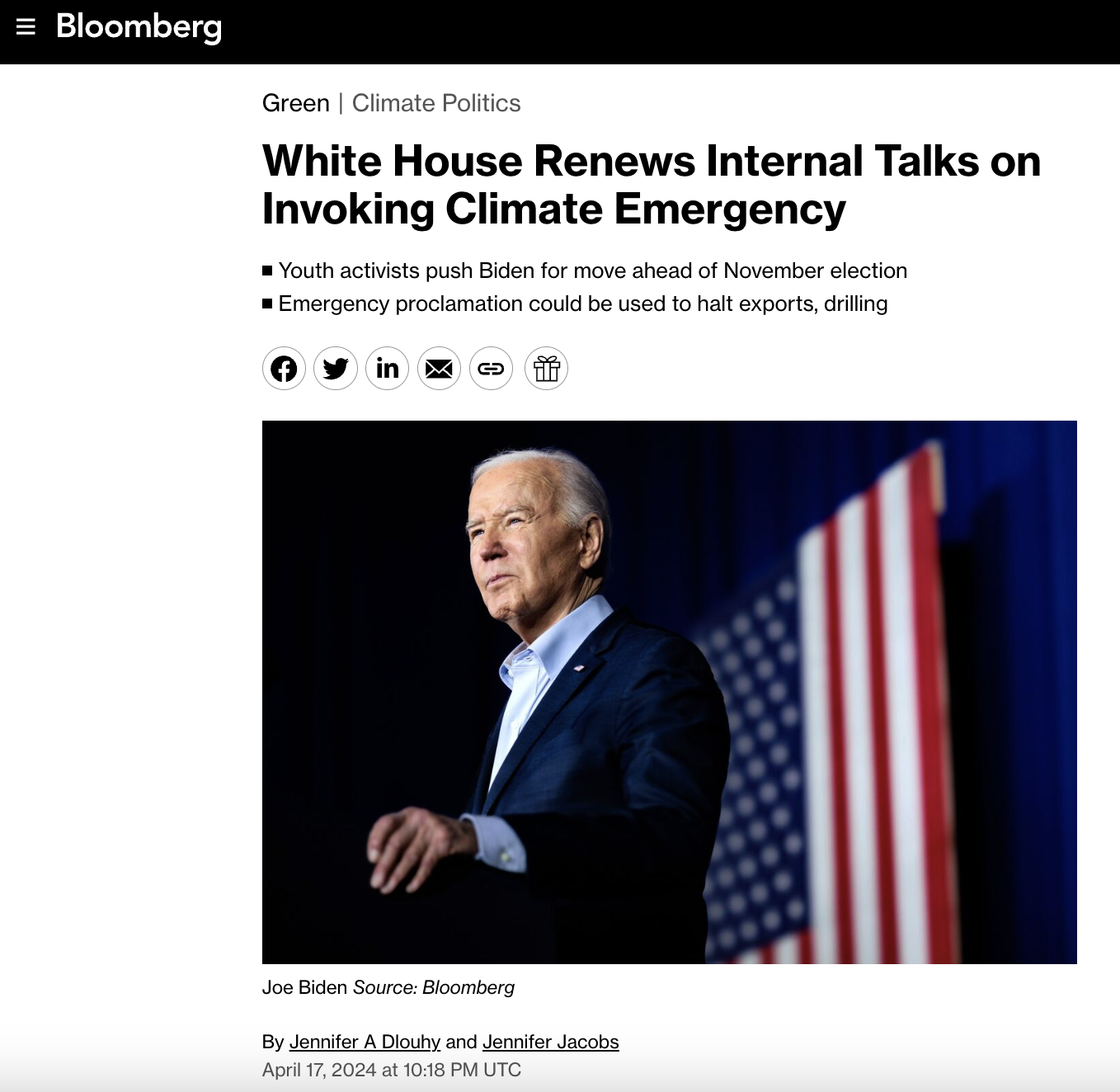http://www.thegwpf.com/5-years-to-climate-breakdown-or-how-to-hype-computer-models/
Shock, horror: According to the WMO and the Met Office, there is a 3% chance of the forthcoming five-year global temperature average exceeding 1.5°C.
There are several definitions of hustle. One of them is to use forceful actions to promote an action or point of view. It’s everywhere of course and in all aspects of climate change. It’s all to apparent when scientists want grants, jobs and headlines. It’s no new discovery that combining hustle with statistics can get you anywhere.
The recently released news from the World Meteorological Organisation (WMO), prepared by the UK Met Office, that there is a “growing chance” of the world exceeding the “Paris threshold” of 1.5°C in global temperature above pre-industrial levels is a prime example of this. It says there is a 20% chance that one of the next five years will exceed 1.5°C, and a 70% chance a single month will during the same period. Another way of saying this, statistically equally justifiable, is that there is an 80% chance that global annual average temperatures will not increase statistically significantly over the next five years. There are no headlines saying that!
Just for a moment think what this means. If there is no significant change in global average temperature by 2025, we will be able to look back thirty years (the official definition of climate) and note that the two major warming episodes, 1998 and 2015, were both due to natural climatic variability, in this case two El Nino events. In many ways, the WMO report is more a testament to the importance of natural climatic variability than it is to long-term anthropogenic warming.
What’s more this forecast has been tested by reversing the direction of time in the computer models and seeing how successfully it “predicts” the past. One would expect any model to be good at this because past observations have already been incorporated into the model which has evolved to have no serious disagreements with it. In such a complicated system as the climate – and the WMO report actually stresses the uncertain and poorly understood nature of internal climatic variability – looking into the future is an entirely different thing. Good hindcasts do not imply good forecasts.
In other reports of the same WMO document the statistics get even more suspicious. One says that there is a 3% chance of the forthcoming five-year global temperature average exceeding 1.5°C. Three percent implies a very accurate predicative ability, especially when it is accompanied by no error statement. Again, any journalist looking at these figures objectively would find that the real story is that there is a 97% chance that the average of the next five years will remain more or less what it is now. And yet the Ecologist website proclaims we have five years to climate breakdown.
A story like this is a kind of litmus test for journalists. They can take the press release and wave it through to their website with minor changes and supporting statements. Or they could look at the statistics and — how can I say this — ask questions. I have a feeling that the era of unquestioning journalist environmental advocacy which began in the early years of this century, is gradually fading away.
Perhaps they could start to be guided by the empirical data and the messages it has been sending us for years; we do not understand natural climatic variability; our models are nowhere near as accurate as some maintain and forecasts of future temperatures more often than not end in ignominy.
Feedback: [email protected]
The post “5 Years To Climate Breakdown”: How To Generate Computer Model Scaresappeared first on The Global Warming Policy Forum (GWPF).



